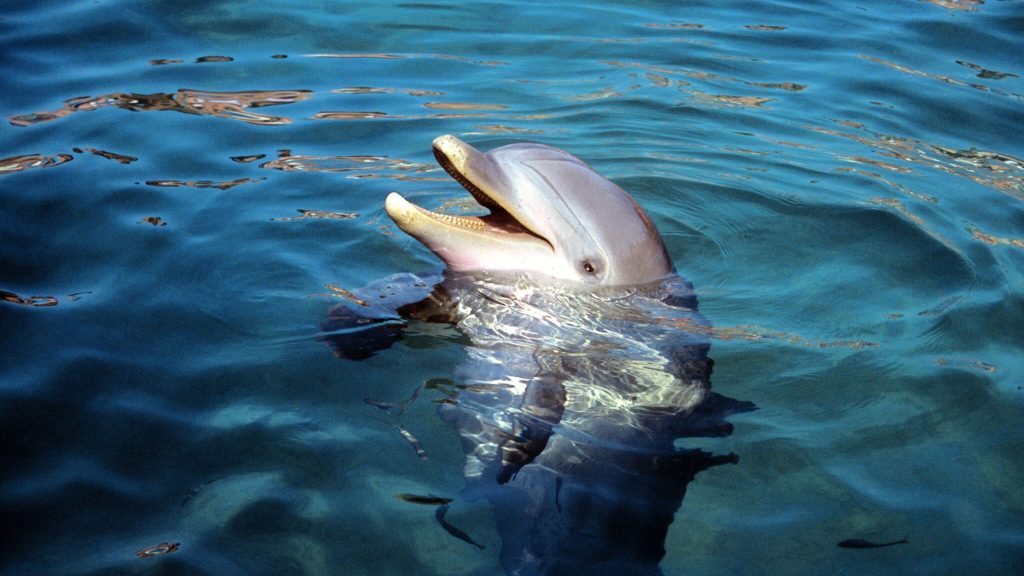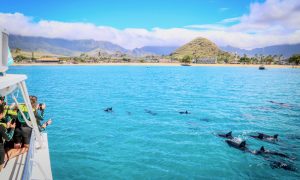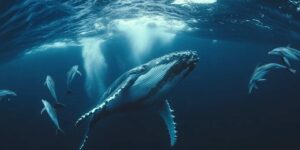Dolphins look sleek on the outside, but inside they have a powerful system for handling slippery, bony prey. Their stomach is built for whole fish and squid, fast digestion, and safe passage of sharp parts. If you are curious about how dolphins eat and process food in Hawaii, this guide breaks it down in simple steps.
Do Dolphins Chew Their Food?
Dolphins do not chew. They grab prey with cone shaped teeth, swallow it whole, and let a strong esophagus move the meal to the stomach. This protects the mouth from spines and hard shells and speeds up feeding when fish are schooling.
A Stomach With Multiple Chambers
Dolphins have a multi chambered stomach that works like a team:
- Forestomach: A tough holding area that receives whole prey first. It helps soften food and protects the rest of the system from sharp bones and squid beaks.
- Main stomach: Here acids and enzymes go to work and break down proteins and fats.
- Pyloric stomach: Finishes digestion and meters the food into the intestines for nutrient absorption.
This layout lets dolphins eat fast, stay streamlined, and digest while traveling with the pod.

What Do Hawaiian Dolphins Eat?
Common meals include small reef and pelagic fish and plenty of squid. Spinner dolphins often hunt at night when prey rise toward the surface. During the day they rest and socialize, then save energy for the next hunt. Size of prey changes with season and location, but the system can handle scales, spines, and beaks.
How Do They Handle Hard or Sharp Parts?
The forestomach and strong muscular action help crush and move hard pieces. Some items pass through. Others can be expelled by regurgitation before full digestion. This is one reason you may see clean feeding behavior with little mess at the surface.
Do Dolphins Drink Seawater?
They get most of their water from food. Their kidneys and internal chemistry balance salt levels so they stay hydrated without drinking like we do.
What About Calves?
Mothers nurse calves with rich milk. As calves grow, they begin to swallow small fish whole. The same stomach plan supports the transition from milk to prey.
Why This Matters on Tour
Understanding the stomach helps explain what you see on the water. Quick lunges, swift swallows, and calm daytime behavior make more sense when you know hunting happens fast and digestion continues later.
See Wild Dolphins in Hawaii
Join the Dolphins and You Wild Dolphin Watching Tour to watch pods glide, rest, and play in clear water. Keep an eye out for coordinated hunting and smooth, no splash eating when conditions are right. You will leave with a deeper picture of how dolphins live and thrive.











